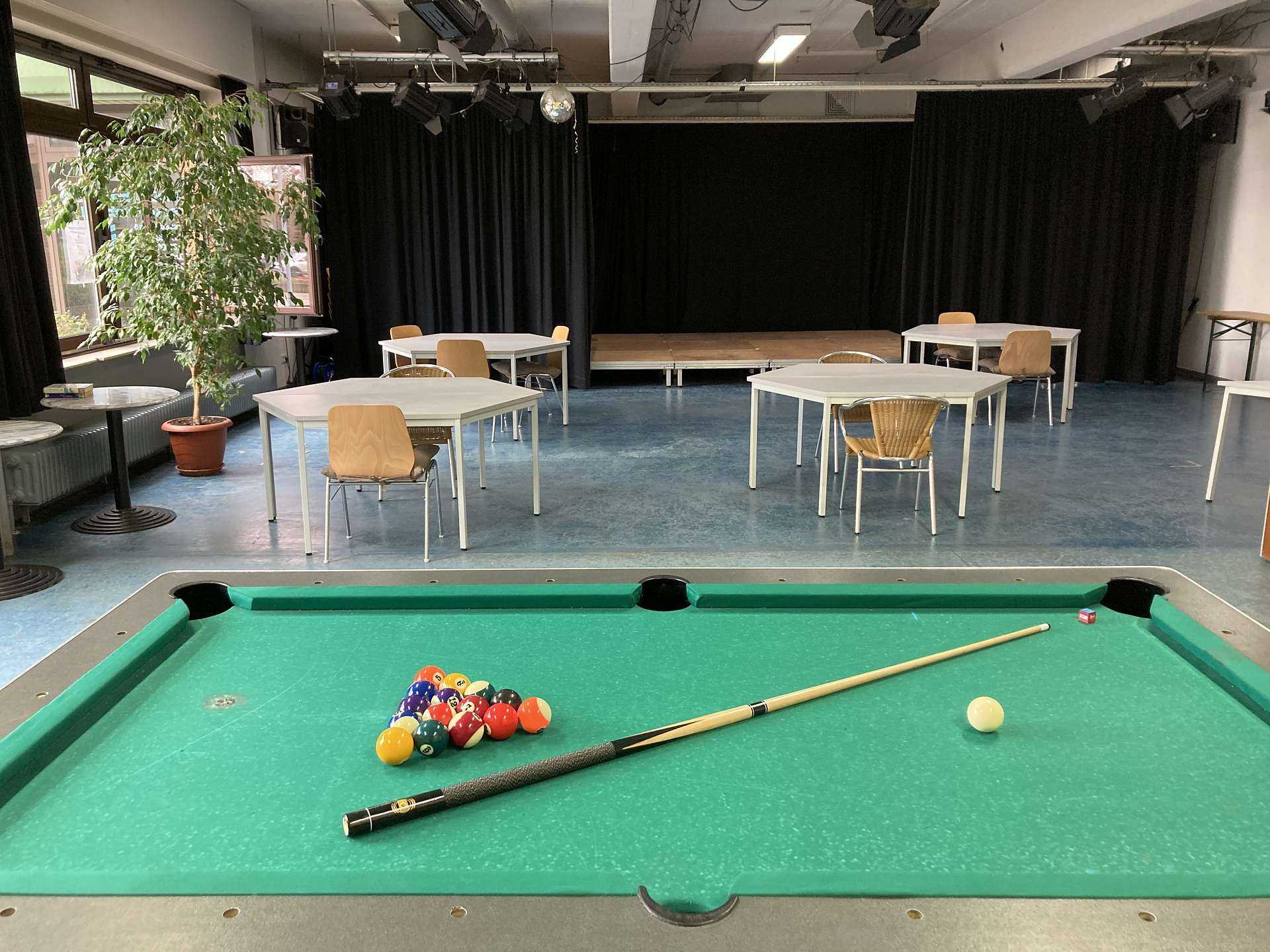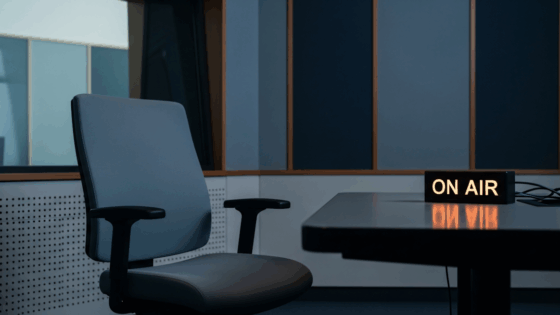on
BY SIMONE J. SMITH
“How can I make a difference outside of a sound bite? How do we make the communities safer?” City Councillor Josh Matlow (Toronto –St. Paul’s, Ward 12)
Mayor John Tory’s $48.3 million (4.3%) police budget increase was announced on January 3rd, 2023, to purportedly address public safety. According to Councillor Josh Matlow, it is not supported by evidence from jurisdictions across North America, nor past experience in Toronto where the Mayor has unsuccessfully tried this tactic before in the face of headline-grabbing crime.
“Mayor Tory’s decision to increase the $1.1 billion police budget is neither fact-based nor the most effective approach to preventing crime. Making our neighbourhoods truly safe will involve investing in addressing poverty, racialization, mental health, homelessness, and addiction by providing proven programs such as: spaces for at-risk youth, job training, trauma counselling, and eviction prevention.”
I recently wrote an article titled, “Toronto’s Gun Pandemic; Quality of Life now Depends on the Colour of your Skin and your Postal Code,” where I speak to disproportionate rates of gun violence, which have been exploited by gun lobbyist who have pushed dangerous myths to spread fear and to advance a pro-gun agenda rather than invest in proven solutions like community violence intervention and victim support.
When I received this press release, I knew that I had to speak with Councillor Matlow, and he enlightened me with some information that I have to share with you, the readers.
- Experts cite inequality, poverty, systemic racism, and a lack of opportunity as primary factors influencing whether a teen picks up a gun or chooses a better path in life. Study after study shows that investments in community supports are the most effective way to address violent crime:
- The Province of Ontario’s Roots of Youth Violence Report by Dr. Alvin Curling and Justice Roy McMurtry and the City of Toronto’s Youth Equity Strategy showed that programs that offer skills training, trauma counselling, recreation activities, and mentoring can reduce crime over the long-term, and also offer vulnerable young people opportunities to succeed.
- New York implemented a community-based public health approach to safety termed “Cure Violence” in 2015. The John Jay College of Criminal Justice found that gun injuries were down 36% in the South Bronx and 50% in Brooklyn as compared to control areas with similar demographics during the same period.
- Research from NYU shows that, in a hypothetical city of 100,000 people, “each new non-profit community organization created directly leads to a 1.2% drop in the homicide rate, a 1% reduction in the violent crime rate, and a 0.7% reduction in the property crime rate.”
“While the evidence is clear that investing in communities reduces crime and improves resiliency,” Councillor Matlow began, “There is absolutely no evidence to suggest that the number of officers, or the amount we invest into police has any effect on crime.
Between 2001 and 2012 the number of Toronto police officers per capita declined 5%, while crime in the city dropped 41%. Yet, Mayor Tory’s approach is to continue increasing the police budget, which at $1.1 Billion is already the city’s top line item.”
“What made you want to tackle this topic specifically Councillor Matlow,” I queried.
“Years ago, I don’t know how to describe it, but it seemed obvious to me that when a child died, politicians would make these issues and statements, it became about politics. I thought to myself, how about more effectively finding ways to get the guns out of children’s hands and stop them from getting shot.
Even when there was something real done, very few of the deeply substantive recommendations were placed into action. I thought to myself, ‘How can I make a difference outside of a sound bite? How do we make the communities safer?’”
In February 2014, Councillor Matlow’s colleagues at Council supported the Toronto Youth Equity Strategy unanimously. The comprehensive report contained 110 recommended actions to support our most vulnerable youth.
Councillor Matlow wanted to see the thoughtful and proactive measures to deal with youth violence implemented in community centres, libraries and TCHC facilities across Toronto. The staff-recommended initiatives to assist our city’s most vulnerable youth included: mental support, employment training and crime diversion programs in targeted areas. This strategy also was created to use every dollar allocated to these programs in a more efficient, deliberate and focused way to get the best result for at-risk youth.
“It’s not just about youth at risk. It is deeper than that. There are so many different reasons why we are having the issues that we are having today. Adding more police doesn’t prevent crime, it actually exacerbates the problem. There are more effective ways to do things. Having police show up to some scenes actually makes the situation worse,” Councillor Matlow explained.
“Let’s use some of the budget to roll out youth spaces around the city, have a safe space for our young people to hang out. Knowing that you have someone there is very important to children. It is complex, and it is difficult, but you are helping these youths find their passions, and love for life. This will send them down paths that are better for their lives. This is what I am advocating for. There needs to be programs throughout the city that supports the community needs (housing, mental health, trauma support).
When John Tory and other political leaders speak about keeping people safe, whom is he talking about? I think we have to focus and expand on this. We are experiencing today the consequences for not addressing systemic racism. We do not fix it by throwing more money into the police budget.
Why don’t we challenge the police board and the Chief; ask them how they are using the budget today? How about we pay for some youth spaces instead of horses. They are pretty and everything, but how does this help us?”
I have to admit: Councillor Matlow is asking all the right questions. Does Mayor Tory have the answers?
Stay in the loop with exclusive news, stories, and insights—delivered straight to your inbox. No fluff, just real content that matters. Sign up today!
We, as humans are guaranteed certain things in life: stressors, taxes, bills and death are the first thoughts that pop to mind. It is not uncommon that many people find a hard time dealing with these daily life stressors, and at times will find themselves losing control over their lives. Simone Jennifer Smith’s great passion is using the gifts that have been given to her, to help educate her clients on how to live meaningful lives. The Hear to Help Team consists of powerfully motivated individuals, who like Simone, see that there is a need in this world; a need for real connection. As the founder and Director of Hear 2 Help, Simone leads a team that goes out into the community day to day, servicing families with their educational, legal and mental health needs.Her dedication shows in her Toronto Caribbean newspaper articles, and in her role as a host on the TCN TV Network.













